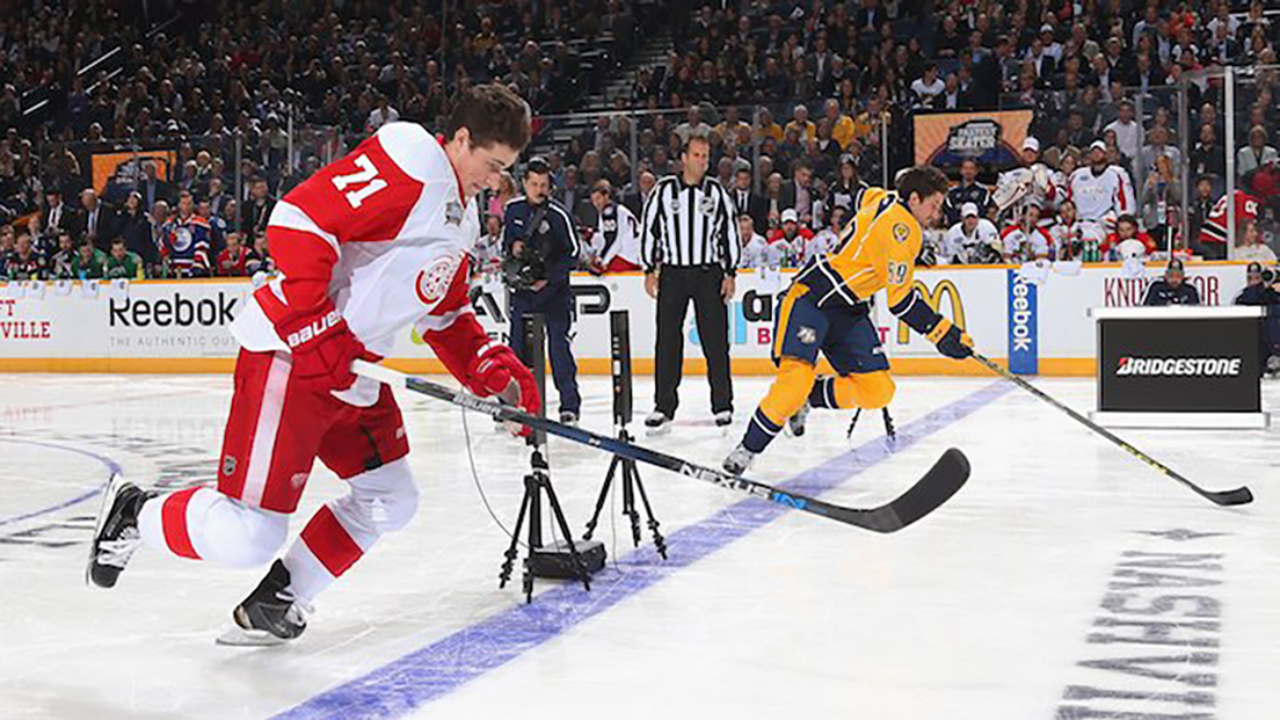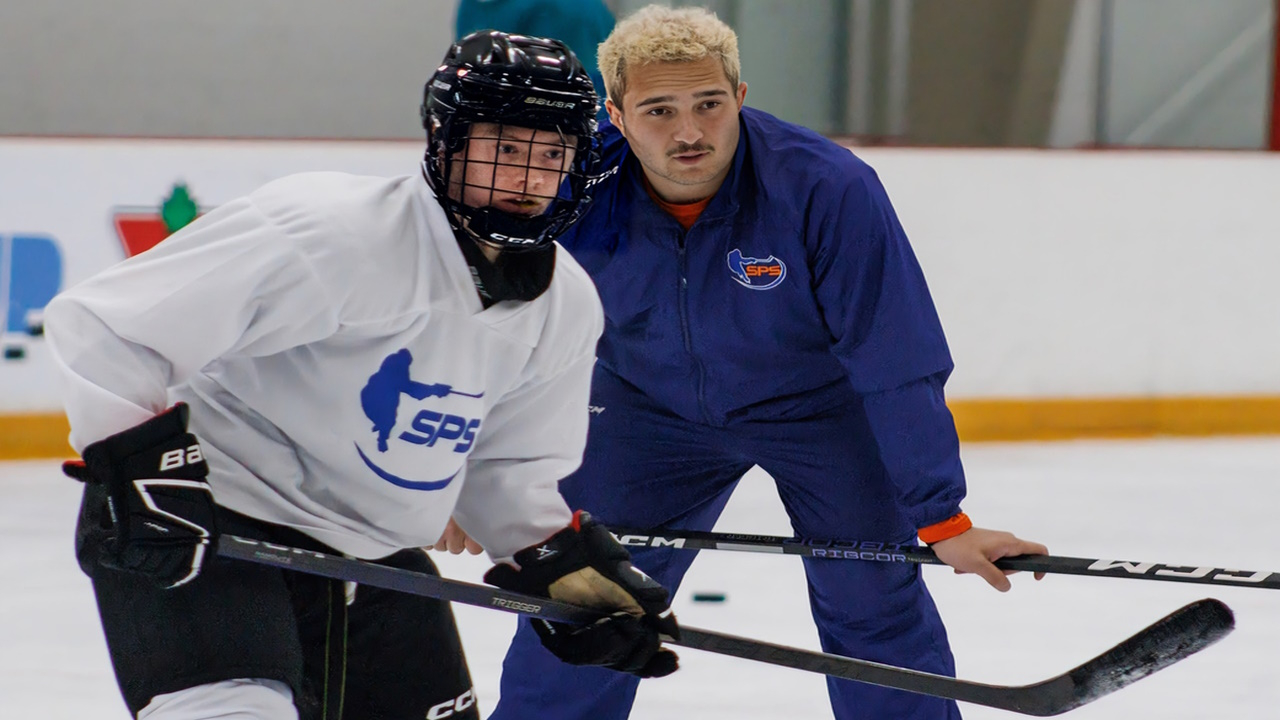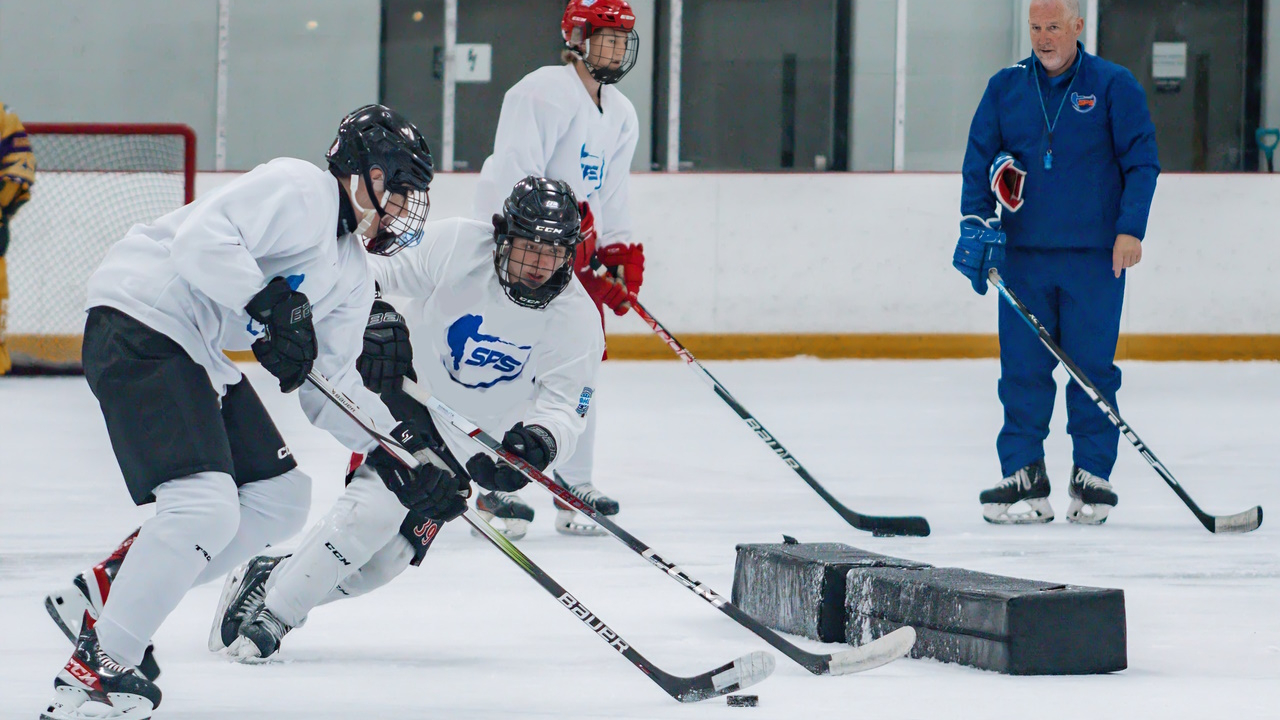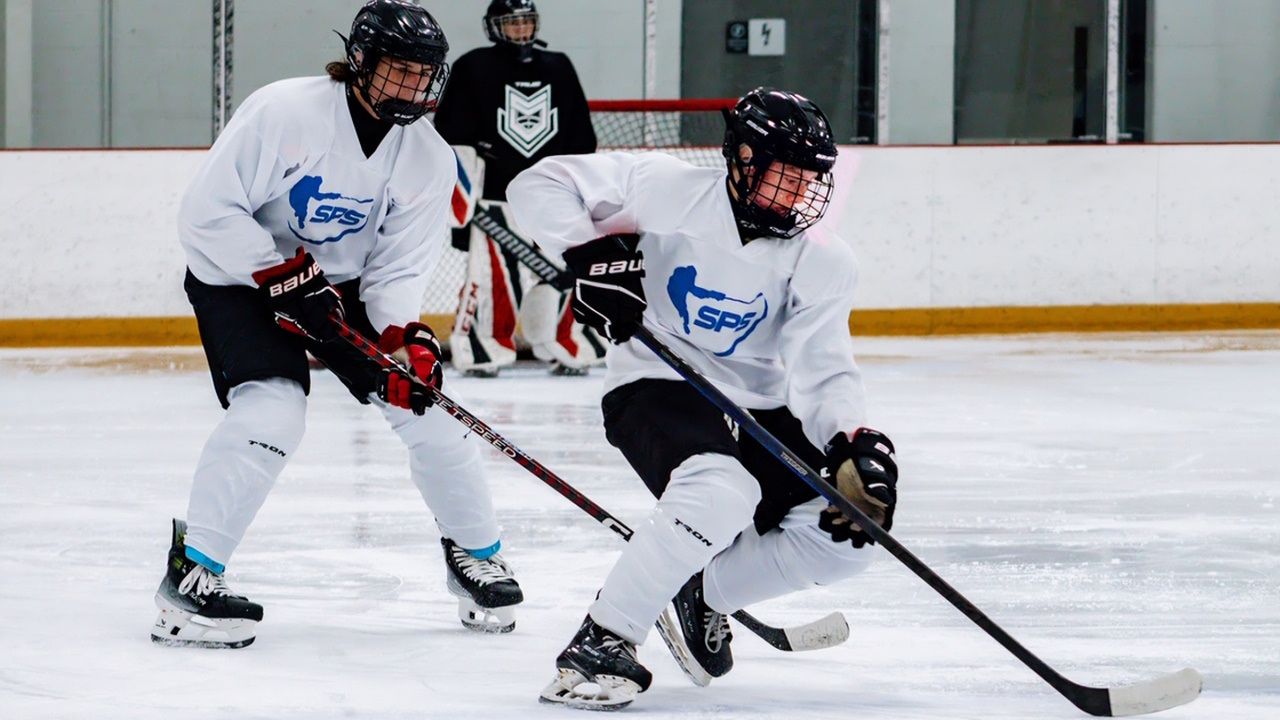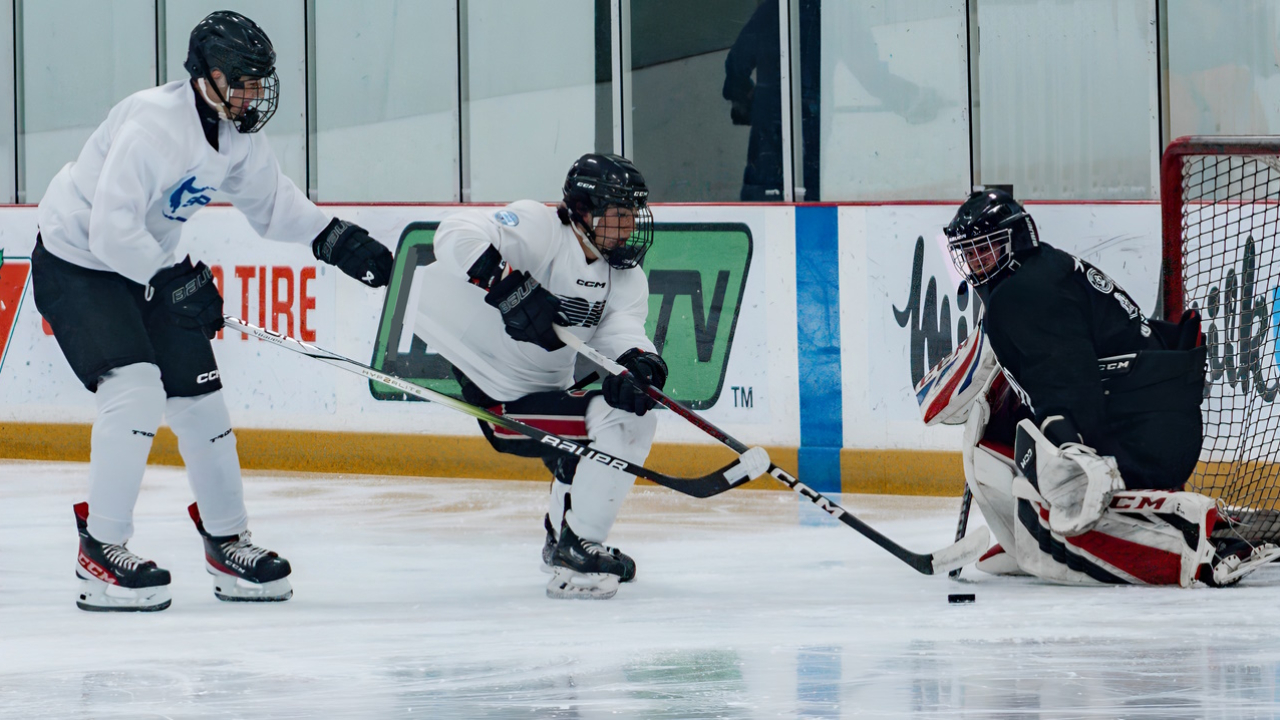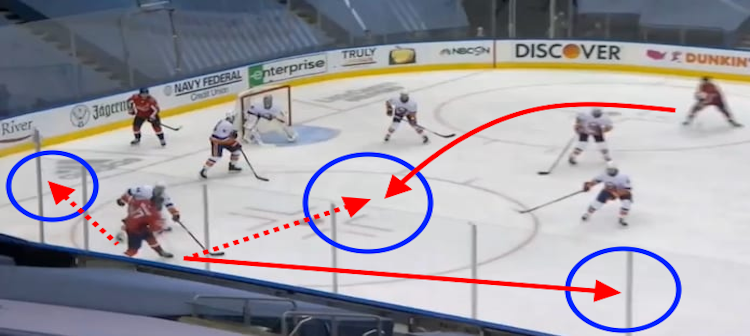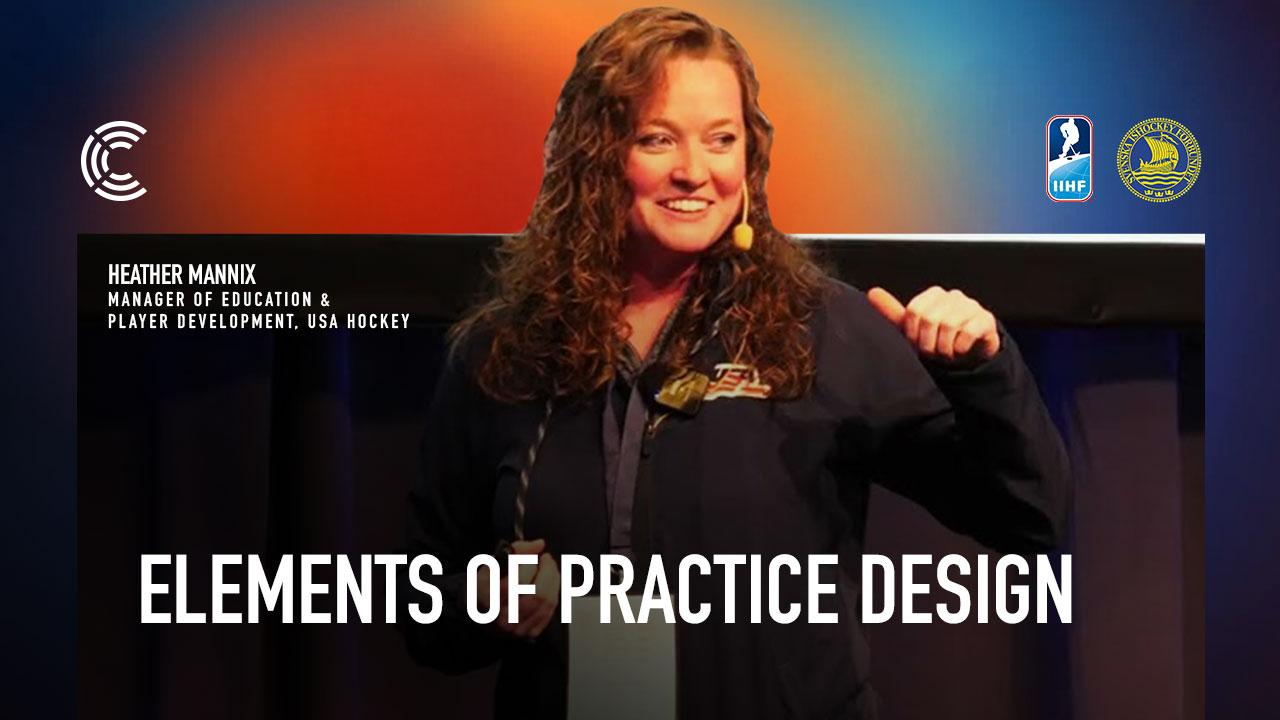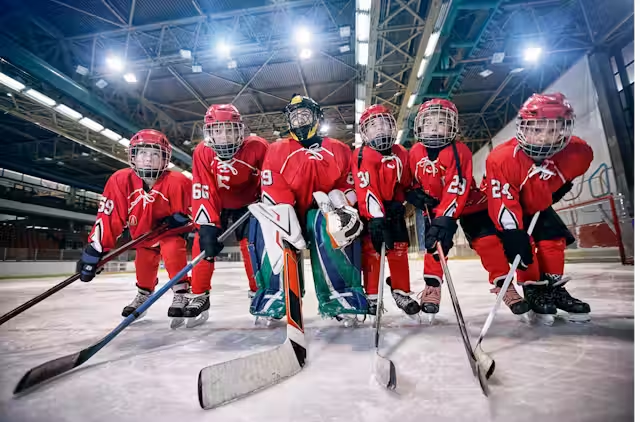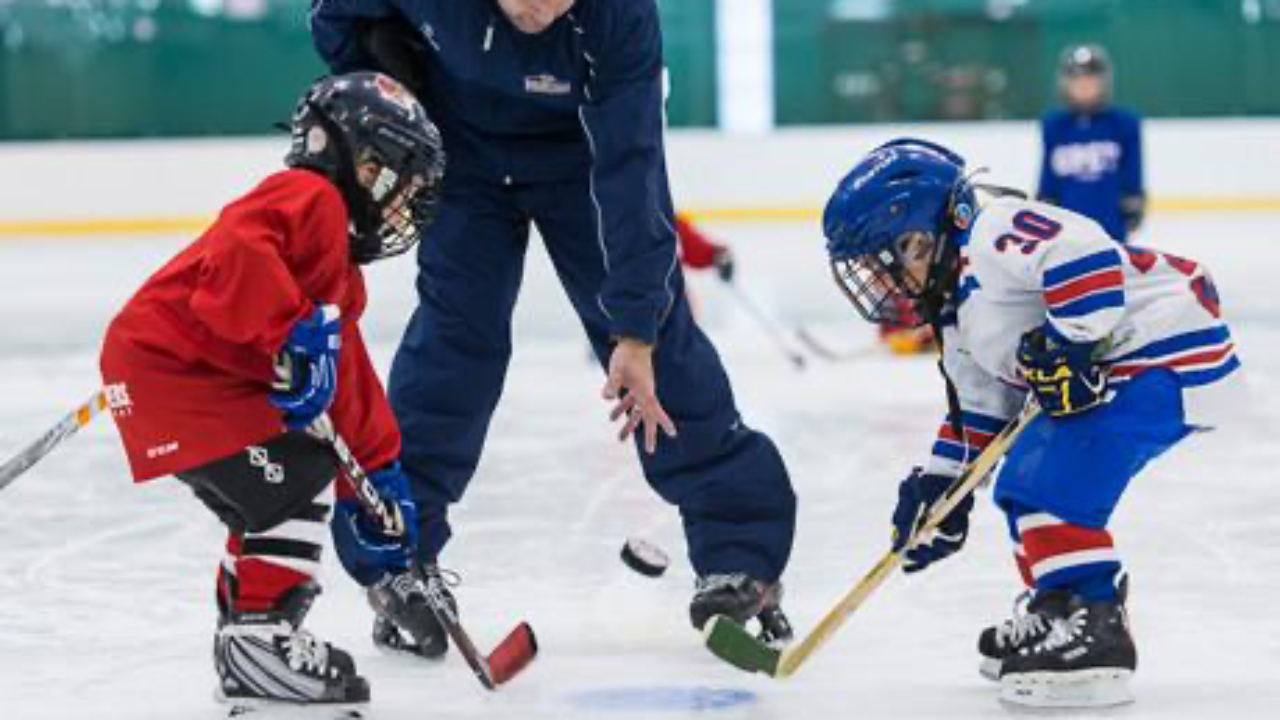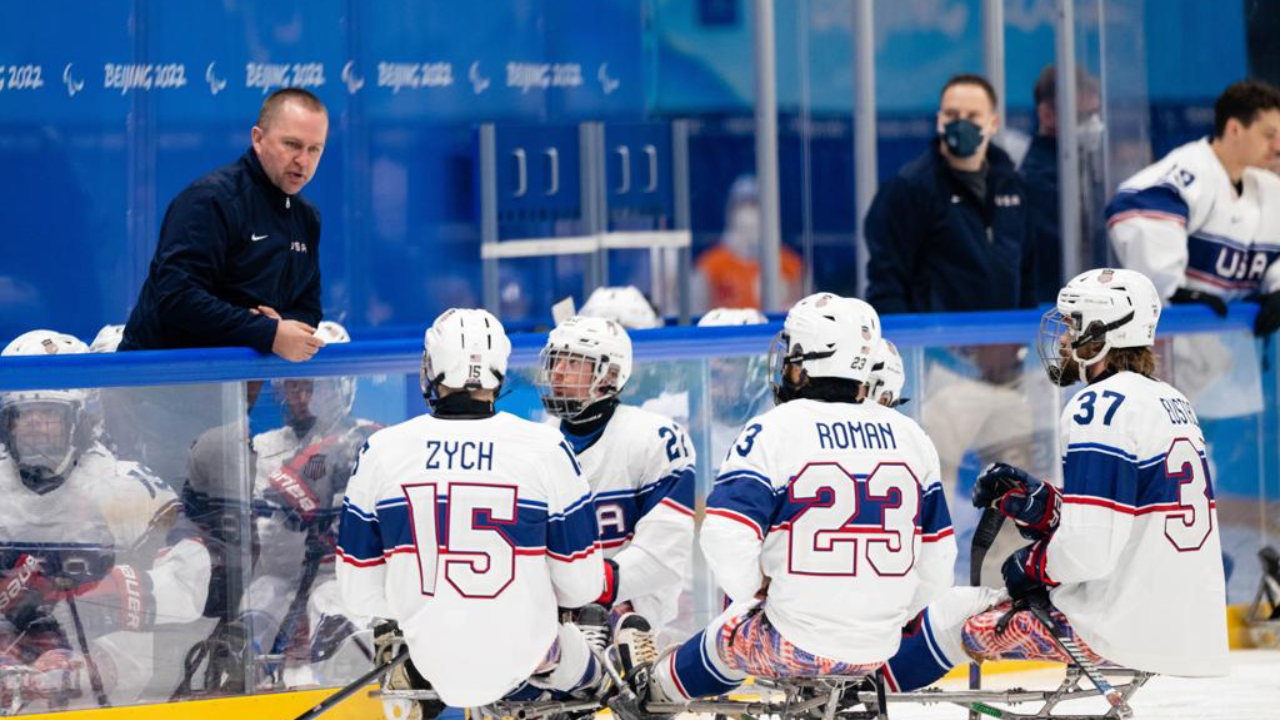
What is the best way to develop skilled hockey players?
Pose this question to a group of hockey coaches and it will generate debate, and a wide range of answers and opinions. But is it the real question we should be trying to answer? Is there really a “best way” and should we even be trying to find one?
Perhaps the better question we should be asking is “What are the more effective ways to develop skilled hockey players?” This is a more favorable question for several reasons. First, it creates the perspective that there actually is more then one model for skill development and more then one of them may be effective. Second, it encourages coaches to seek understanding of the various skill development models that exist, and the empirical evidence that supports them for being effective or not effective. Third, it encourages coaches to then use more then one method to find out which ones work best for them and their players in combination or on their own.
Our choices for skill development models should not be based solely on the criteria “this is how it has always been done” or “this is how I have always done it.” The game has changed vastly, and today’s athlete has also changed. As coaches I believe we must know what models exist, we must be aware of what the evidence or research says about these models, and we must be open to change and willing to try new things.
One such model is Ecological Dynamics. Ecological Dynamics is an athlete-centered development framework. One of its primary tenets is that the environment in which the athlete trains or competes, and the interactions between the athlete and that environment, are integral in the athlete acquiring skill and becoming skillful. In an Ecological Approach the development of skillfulness is equated to the athletes adaptations to the environment and those adaptions then transferring to the performance environment. Skill is considered to be based on the relationship between the player and the environment. The framework is based on ideas and principles from Dynamical Systems Theory and Ecological Psychology. Dynamical Systems Theory contributes ideas and principles that relate to the impact of the interactions between the athlete and the environment, while Ecological Psychology contributes ideas and principles that relate to the impact of the athletes perceptions and actions within the environment.
At the heart of Ecological Dynamics are three core principles:
- Skill emerges from interacting constraints within the environment, the task, and the player.
- Skill development, and learning, is non-linear (as opposed to linear).
- Skill emerges from a continuous process of perception-action coupling.
Let us first address another important question before we get any deeper into Ecological Dynamics.
What is skill?
There is some misconception in our game that proficiency in the technical execution of skating, passing, shooting, puck handling and checking, equates to being skilled. These technical elements are very important, but they are simply motor actions or techniques. In Ecological Dynamics we might refer to them as action capacities. In isolation they do not constitute a player’s skillfulness.
There is a clear distinction between technique and skill. Technique can exist outside the context of the game. A player skating around a face off circle in isolation controlling a puck is using a variety of techniques, but simply executing a series of motor actions. Skill, however, cannot exist outside the game context. It is contingent on elements of the game that require the player to be perceptive and act with intention. Skill is a decision-making, problem-solving quality. Being skilled is the ability to perceive the environment and effectively act on that perception by making sound decisions on the choice of techniques required to solve problems. “Being skillful does not involve executing a movement…drilled into our head through repetition. Being a skillful mover relies on adaptive problem solving” (Gray, 2019)
Historically, we have applied the term “skills” or “technical skills” to describe these techniques. However, attaching the word “skill” to what are motor techniques, or action capacities, may in fact be blurring the understanding of what skill truly is and by extension skill development. The use of isolated, unopposed, repetition type drills that only target technique, all in the name of developing skill in a player, has become a trending issue and as a result, coaches may be missing the true essence of skill development in their practices. If a coach is led to believe that isolation drills for technique constitute skill development, then they are likely to overuse such drills and forsake practice activities that develop a player’s problem-solving ability and allow players to become adaptive. They are likely to create what I call “sterile environments”. But as stated earlier, technique is important. They form the “capacities for action” within a player, and without them a player may be limited in their skillfulness. Ecological Dynamics does not support the total removal of isolated drills to develop technique. This model is about creating environments that are rich, dynamic, and variable that allow the coach to make assessments on when they need to address technique in isolation and why. Developing technique using isolated drills is not the starting point in Ecological Dynamics but rather a solution with a strongly supported intention or “why.” Ecological Dynamics moves away from the traditional linear approaches we see in our game to non-linear approaches.
Accepting skill to be an adaptive, problem-solving quality that exists within the game context is a good starting point for coaches wanting to implement an Ecological Dynamics approach. But accepting this definition of skill will impact how you design and deliver instruction and development. If you view skill in this way, then approaches to designing practice and training must support it. Fortunately, we have Environment Design Principles (Renshaw et al, 2019) at our disposal. These design principles are based on the core principles of Ecological Dynamics and provide coaches a guide for creating effective practice environments for skill development:
- Session Intention
- Constrain to Afford
- Representative Learning Design
- Repetition Without Repetition
In this five part series we will use the design principles as a guide to understand how Ecological Dynamics can be used as an approach or model for developing skilled hockey players at all ages and levels. By explaining what each of these design principles means and how they are implemented we will be able to look closer at the core principles of Ecological Dynamics and its implementation as a skill development model.
Part 4 - Representative Learning Design
Part 5 - Repetition Without Repetition
References
- Renshaw, I., Davids, K., Newcombe, D., Roberts, W. (2019). The Constraints Led Approach: Principles for Sports Coaching and Practice Design. London: Routledge
- Gray, R. (2021). How we Learn to Move: A Revolution in the Way we Coach and Practice Sports Skills. United States: Perception Action Consulting & Education LLC
- Gray, R. (2022). Learning to Optimize Movement: Harnessing the Power of the Athlete-Environment Relationship. United States: Perception Action Consulting & Education LLC
- Chow, J.Y., Davids, K., Button, C., Renshaw, I. (2016). Non-Linear Pedagogy in Skill Acquisition: An Introduction. London: Routledge
- Attri, R.K. (2018). The Models of Skill Acquisition and Expertise Development. Singapore: Speed to Proficiency Research
- Nash, C. (2022). Practical Sports Coaching 2nd Edition. London: Routledge
- Button, C., Seifert, L., Chow, J.Y., Araujo, D., Davids, K. (2020). Dynamics of Skill Acquisition: An Ecological Approach.

